Search Images
Browse Content (p. 1024)
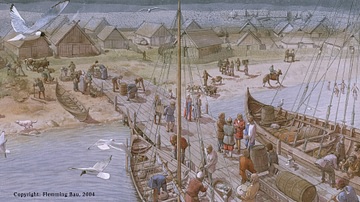
Image
Kaupang Illustration
An illustration showing the emporium of Viking Kaupang, Norway, in use 780-950 CE.
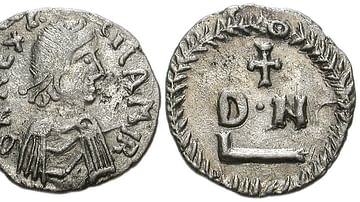
Image
Coin of King Gelimer
A silver 50 denari coin of the Vandal king Gelimer (r. 530-534 CE). (Classical Numismatic Group, Inc. http://www.cngcoins.com)
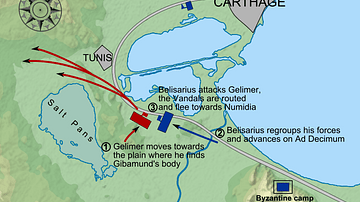
Image
Map of the Battle of Ad Decimum
A map showing the final stages of the Battle of Ad Decimum near Carthage, North Africa which took place in September 533 CE. It was the first major battle of the Vandalic War (533 - 534 CE) between the forces of the Byzantine Empire led by...

Image
Clive Standen as Rollo of Normandy
Clive Standen as Rollo of Normandy in the TV series Vikings.
Photo by Jonathan Hession/HISTORY - © 2015 The HISTORY Channel
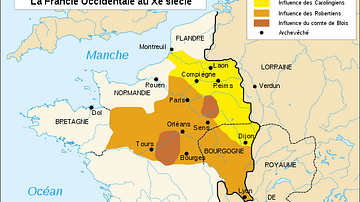
Image
Map of France, 10th Century CE
A map of France in the 10th century CE.
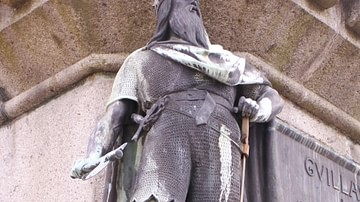
Image
Statue of Rollo of Normandy, Falaise
A statue in Falaise, France of the Viking chieftain Rollo of Normandy (r. 911-927 CE).
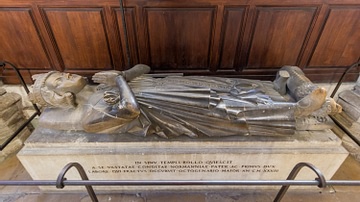
Image
Effigy of Rollo of Normandy
The effigy in the cathedral of Rouen, France of the Viking chieftain Rollo of Normandy (r. 911-927 CE).
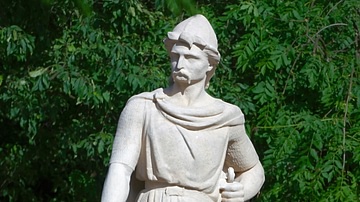
Image
Rollo of Normandy Statue
A statue in Rouen, France of the Viking chieftain Rollo of Normandy (r. 911-927 CE).
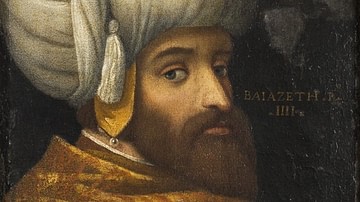
Image
Bayezid I
A portrait of Bayezid I, Sultan of the Ottoman Empire, r. 1389-1402 CE.

Image
Rescue of Sigismund at the Battle of Nicopolis
A mural from the castle of Vaja showing the rescue of King Sigismund of Luxembourg during the Battle of Nicopolis (aka Nicopolis Crusade) of 1396 CE when a Christian army was routed by the Ottoman Turks.